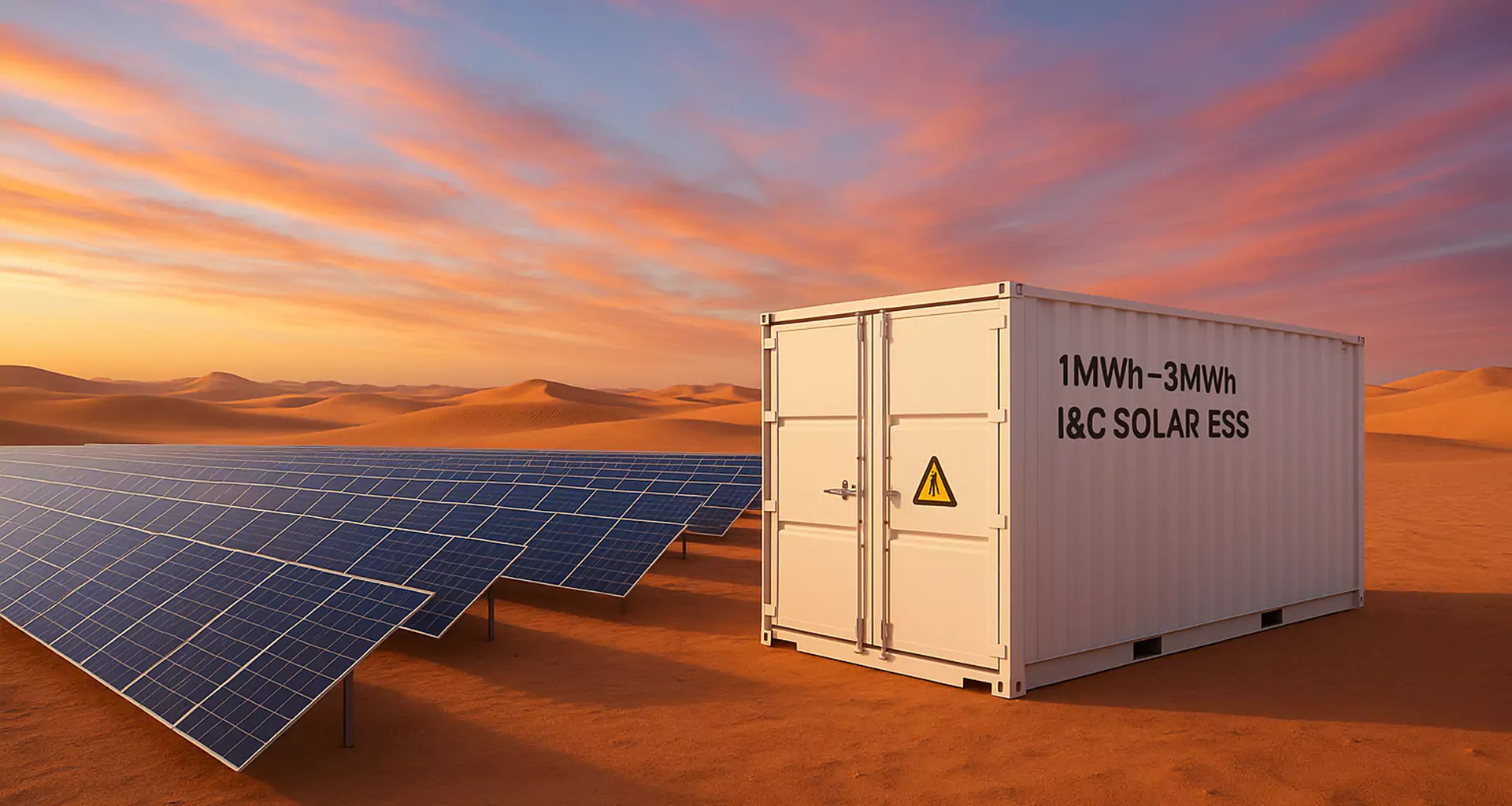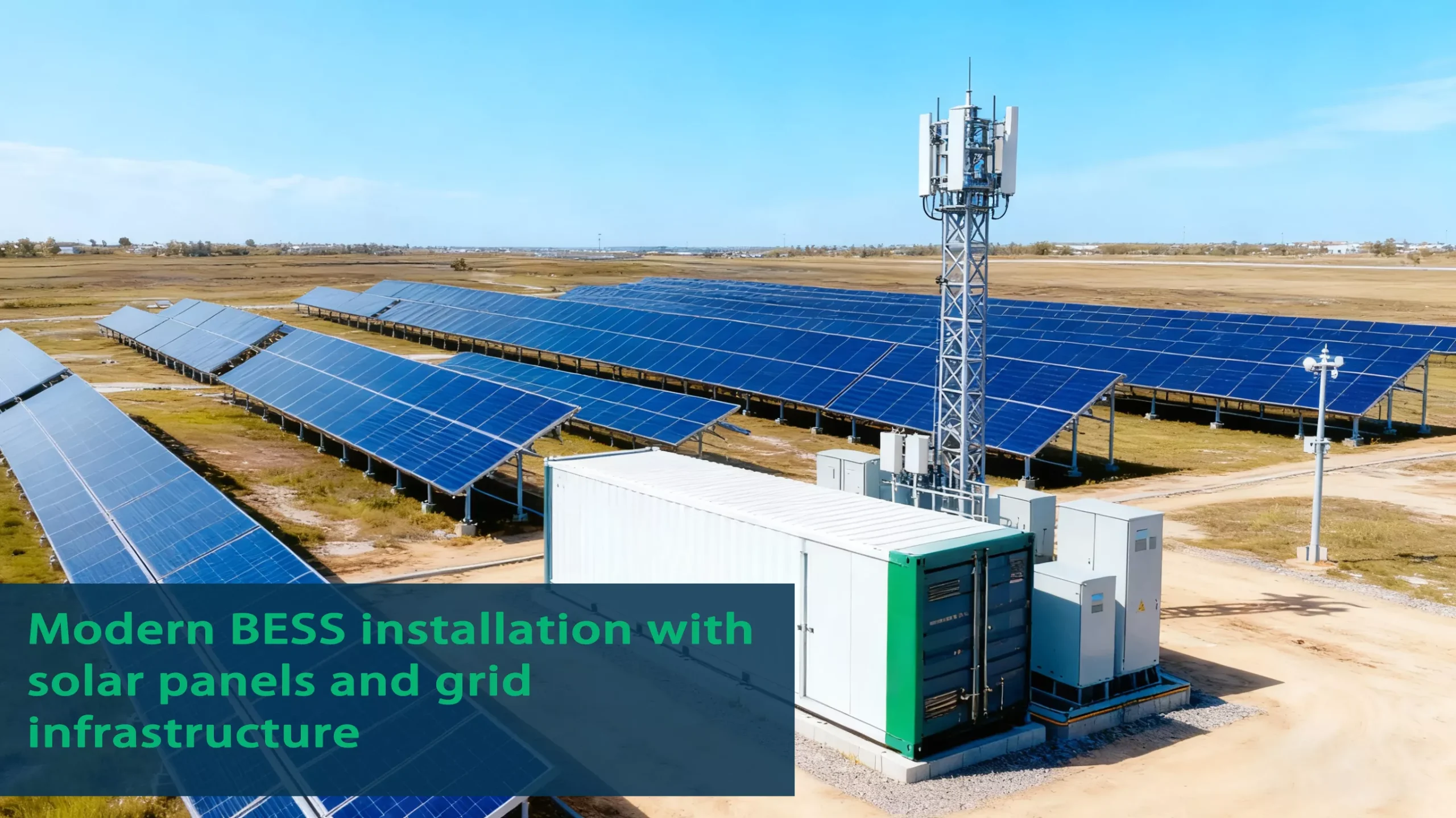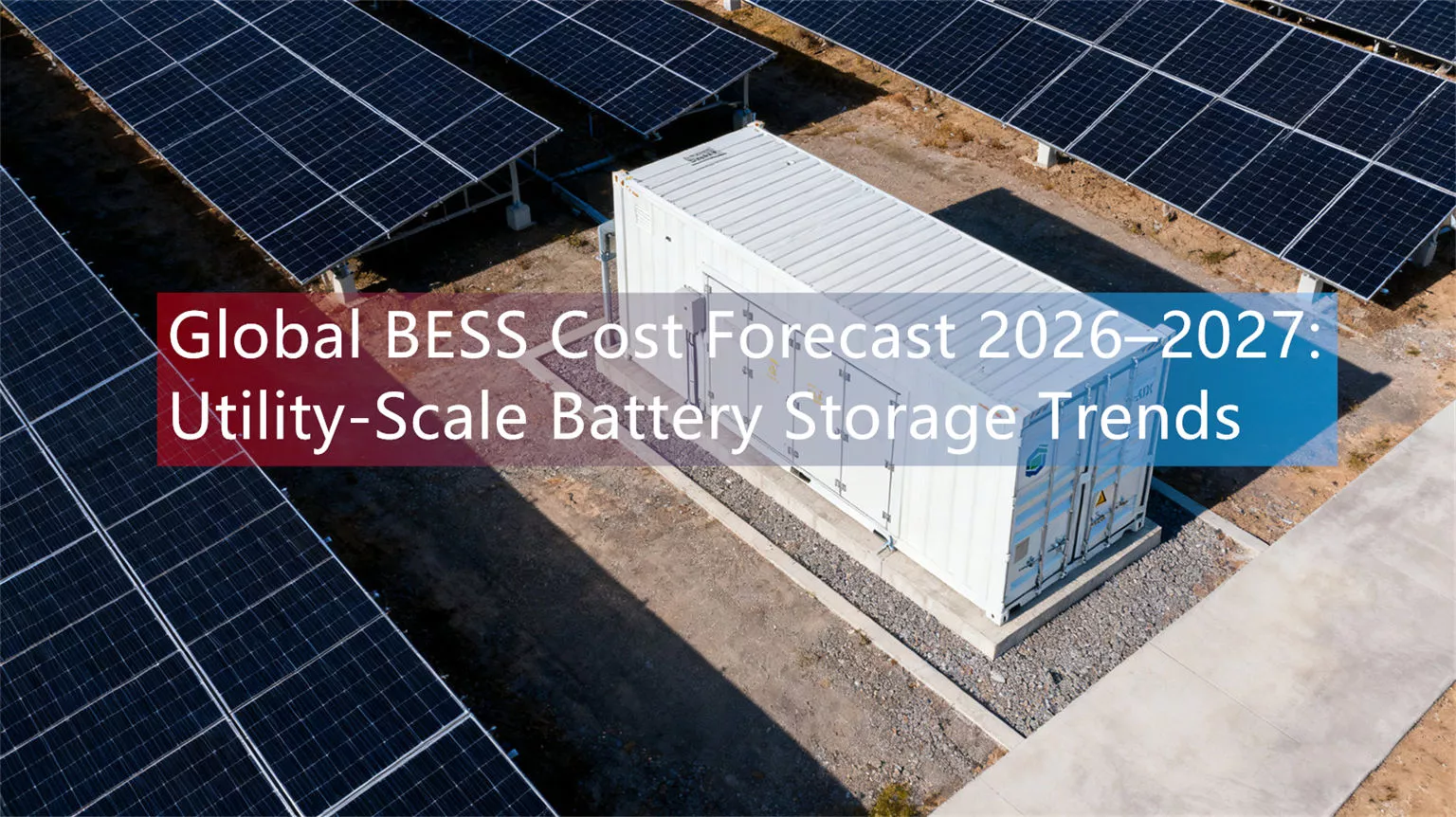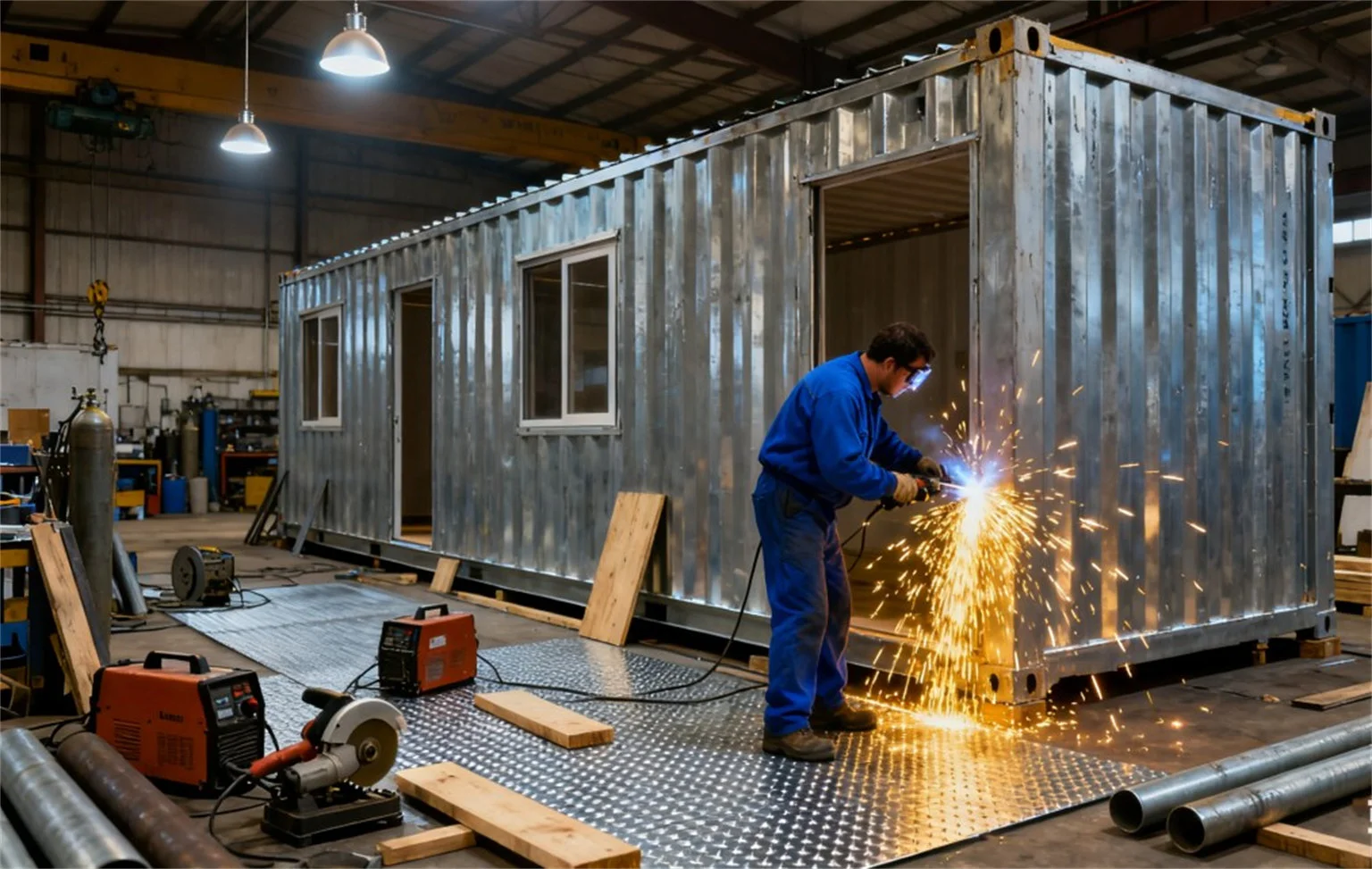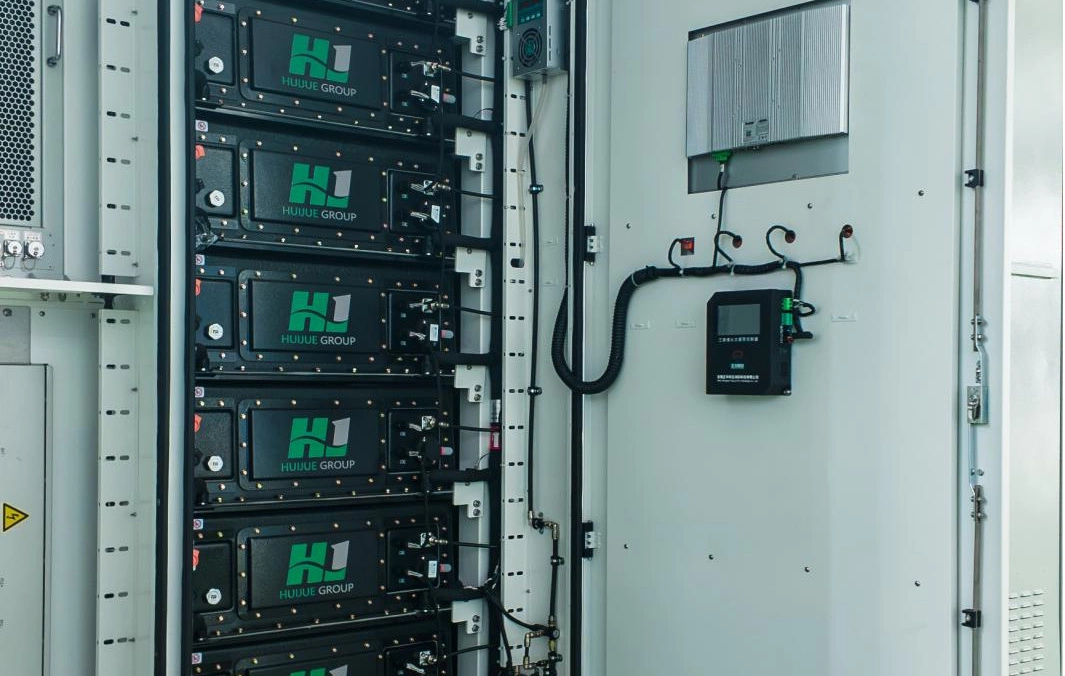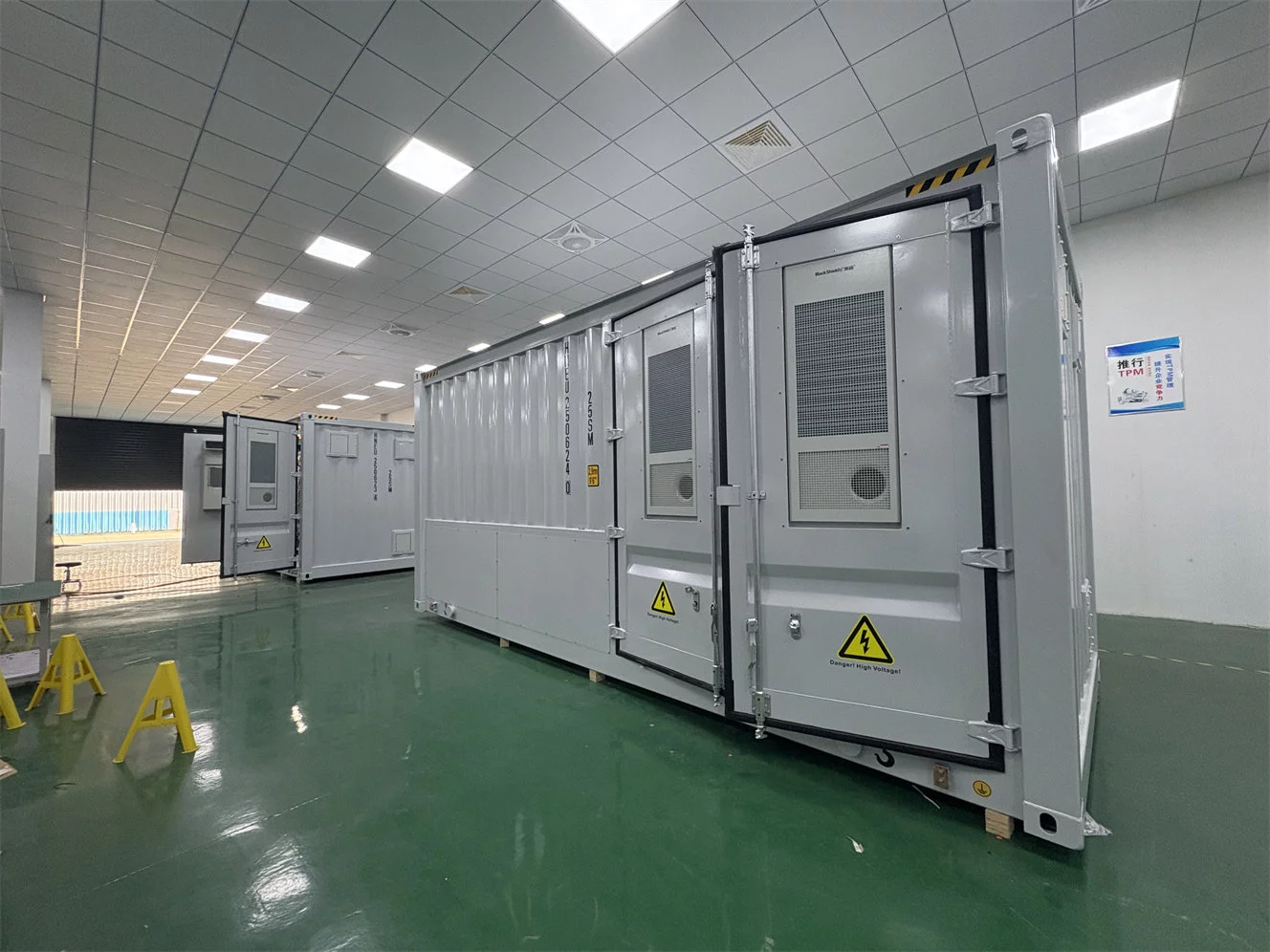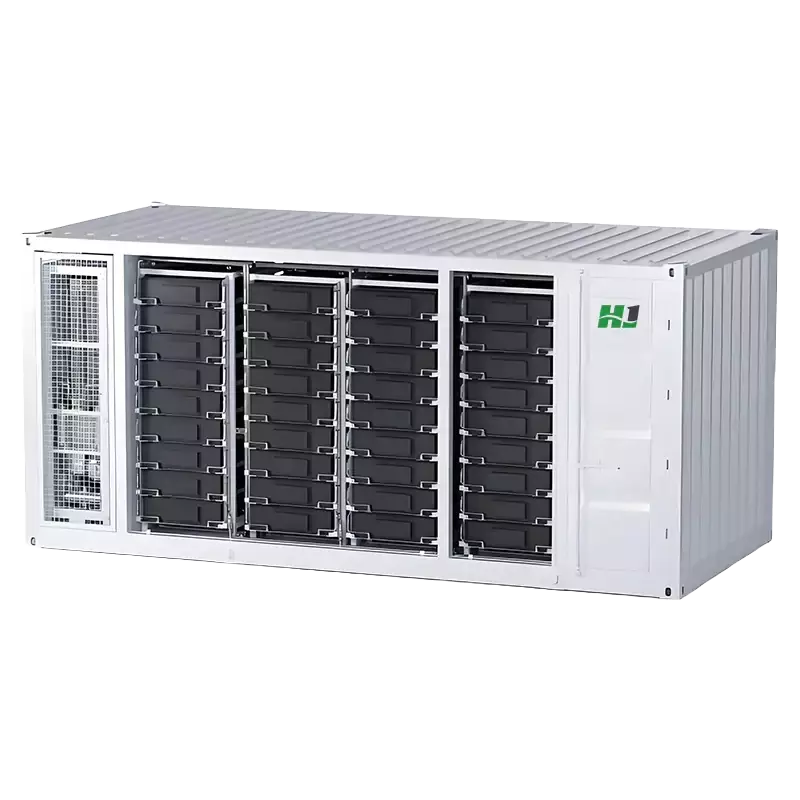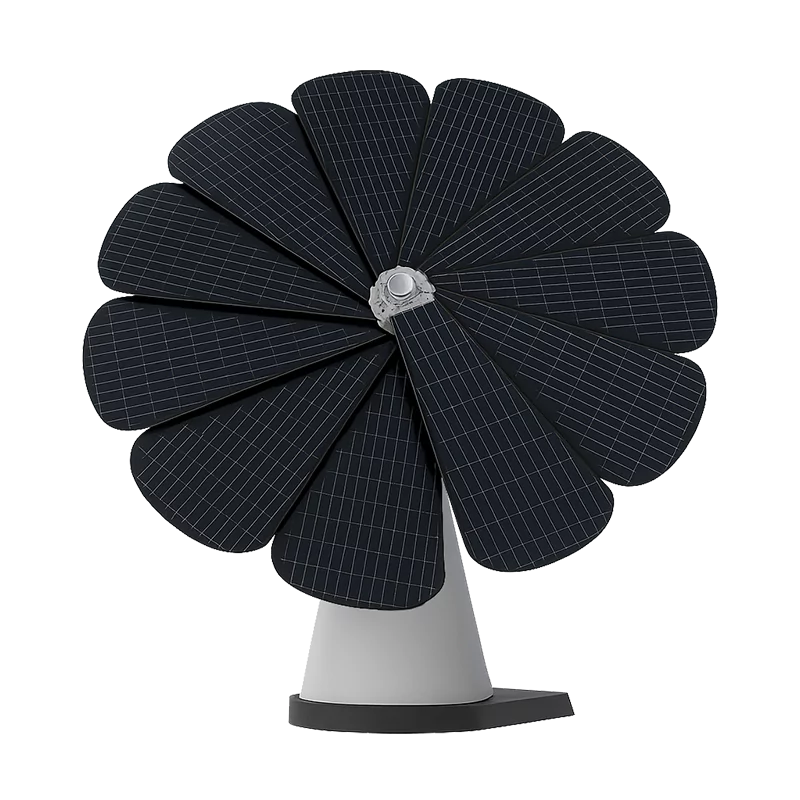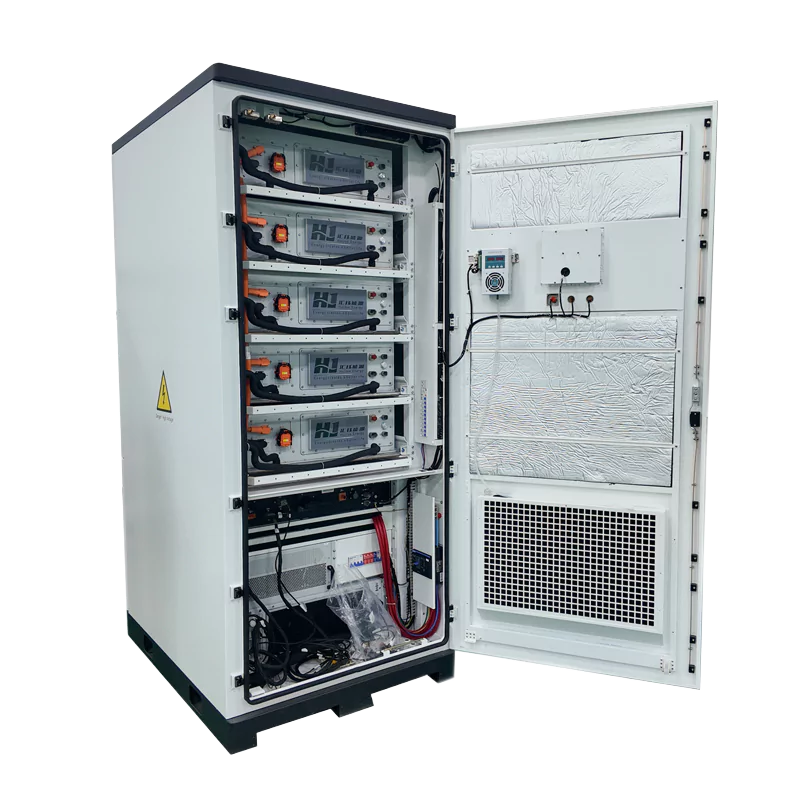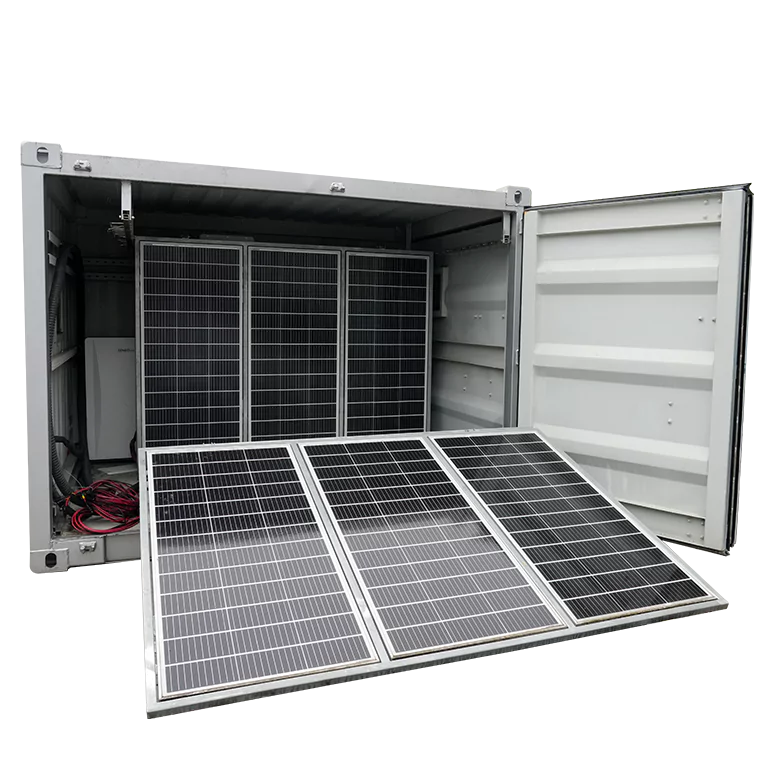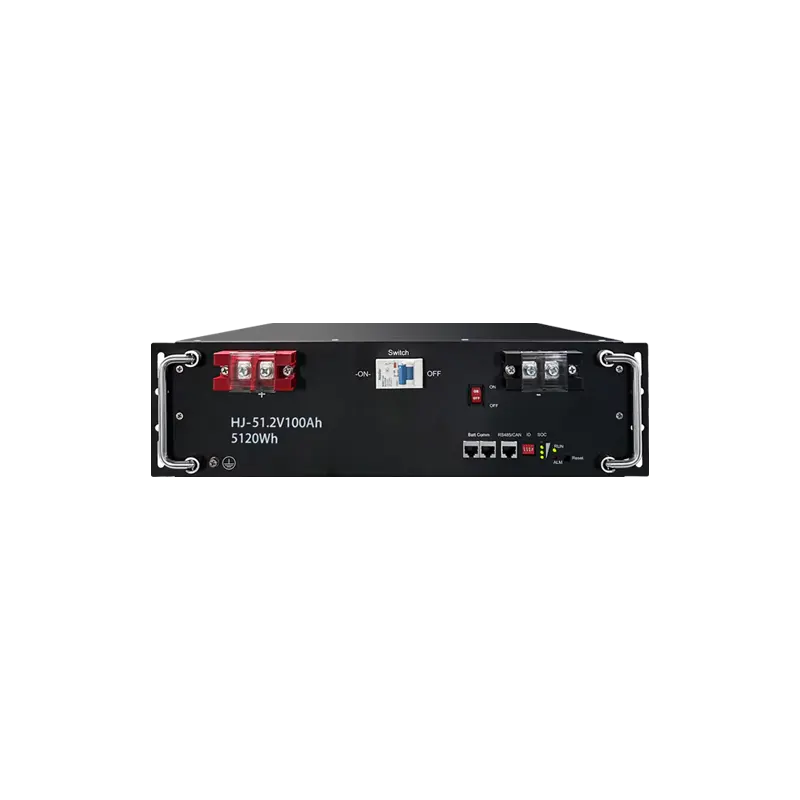Top BTS Backup Power Options for Modern Telecom Networks
As 5G deployment accelerates and rural connectivity becomes a priority, ensuring reliable power to Base Transceiver Stations (BTS) is more critical than ever. Without efficient BTS backup power solutions, telecom networks risk service interruptions, equipment failure, and increased operational costs.
In this guide, we explore the most widely adopted and emerging BTS backup power options—from legacy VRLA systems to advanced hybrid solar-storage microgrids—helping telecom operators make informed decisions based on reliability, scalability, and total cost of ownership.
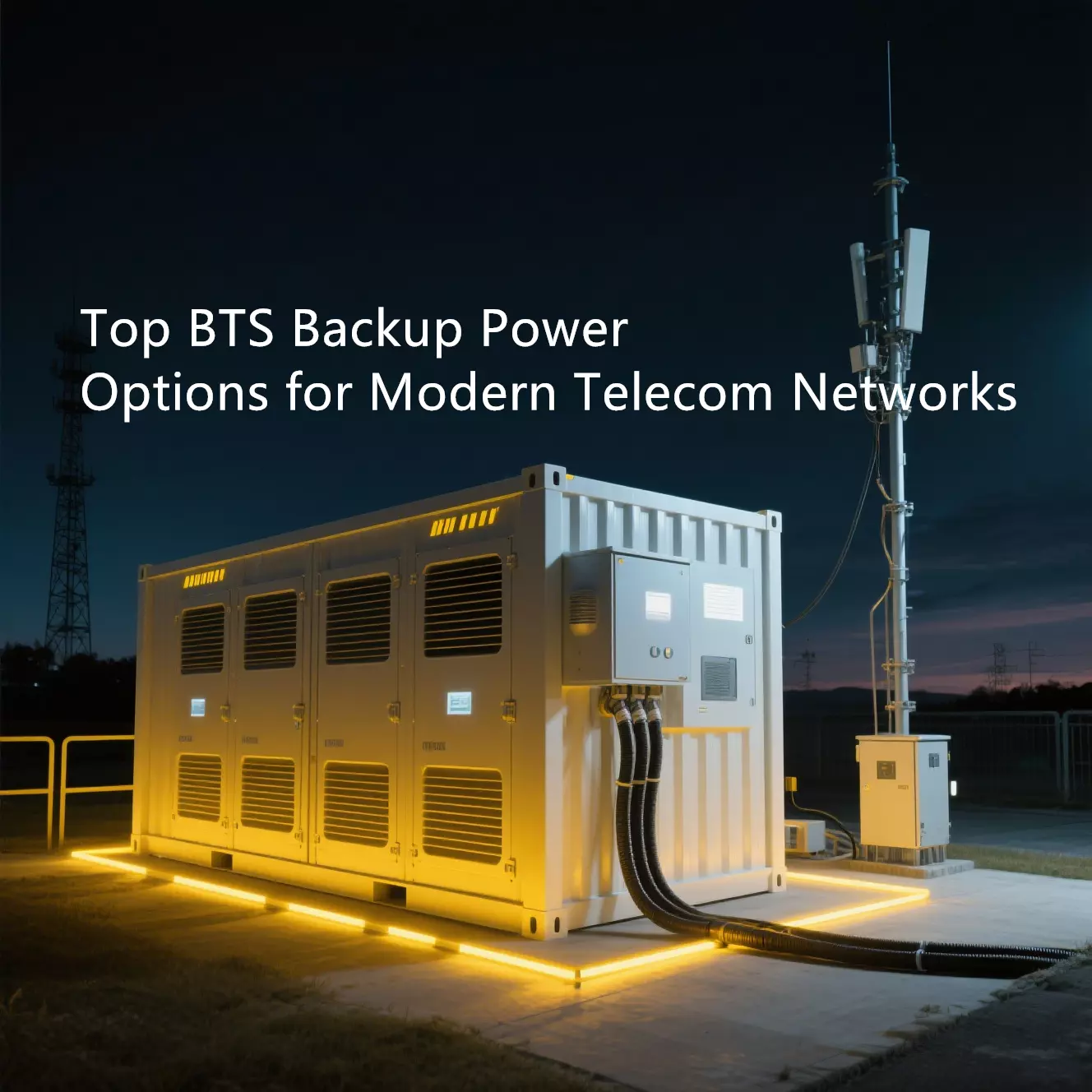
Why Unreliable BTS Backup Power is a Problem
BTS equipment is typically powered at 48V DC and requires power availability for:
- Instant failover during power outages
- Rock-solid voltage supply for sensitive radio equipment
- Runtime of 4 to 48 hours (or more in rural areas)
- Scalable network densification and 5G upgrade support
In the absence of adequate backup infrastructure, telecom sites suffer from lost calls, interrupted emergency services, and service-level agreement (SLA) violations.
Commercial BTS Backup Power Solutions
1. Valve-Regulated Lead-Acid (VRLA) Batteries
VRLA batteries have been used in the telco backup system for decades due to their low initial cost, DC compatibility, and maintenance-free operation. AGM and Gel VRLA configurations are widely used in outdoor BTS cabinets.
Disadvantages include:
- Shorter lifespan (5–8 years)
- Reduced energy density
- Poor performance under extreme weather
- Limited deep-cycle life
While VRLA batteries remain in use for budget-constrained deployments, industry data shows that over 65% of new BTS installations in emerging markets now adopt lithium-based energy systems due to their longer lifespan and lower maintenance overhead.
2. Lithium-Ion Batteries (LiFePO₄ Focus)
LiFePO₄ batteries offer 3–5x higher cycle life and higher depth of discharge. They perform satisfactorily in harsh climates and support modular design.
HighJoule’s 48V LiFePO₄ Telecom Battery features:
- Over 6,000 cycles
- Intelligent BMS for safety and monitoring
- Small footprint for urban BTS enclosures
Although up-front costs are higher, LiFePO₄ has lower total cost of ownership (TCO) in 10–15 years.
Green and Hybrid Back-up Power Systems
3. Solar-Powered Microgrids
Solar-powered BTS with battery storage is increasingly the solution of choice for off-grid and fuel-poor sites. For example, along the Poland–Ukraine border, EU-funded BTS microgrids integrate solar arrays with lithium storage for a steady power supply 24/7.
Benefits:
- Lower diesel consumption and carbon footprint
- Independence in case of natural disasters or hostilities
- Remote-expansion capability in scalable modules
The HighJoule HJ-SZ03-05 Microgrid Cabinet optimizes output based on local irradiance using smart solar design to achieve 15–20% energy gains.
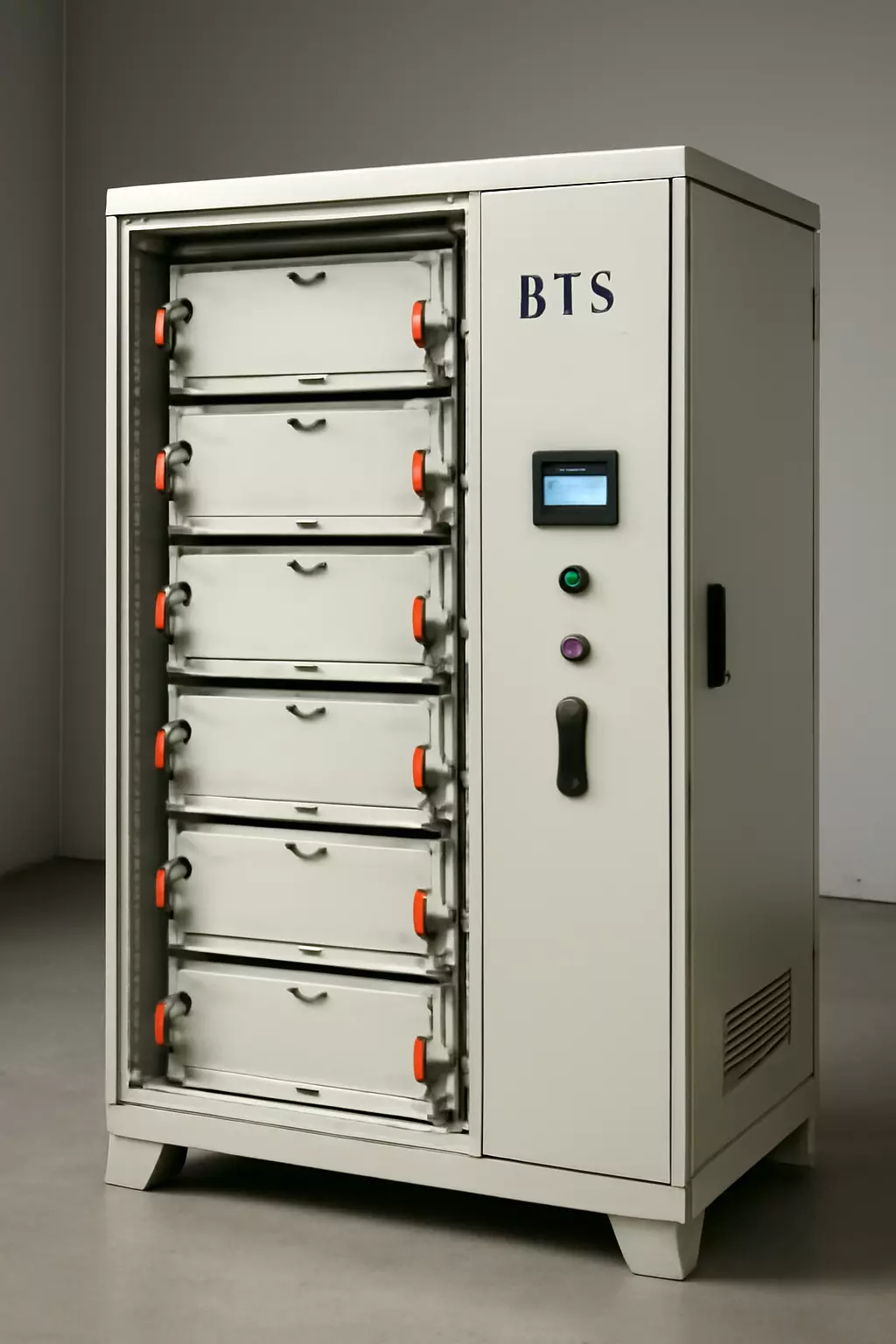
4. Hybrid Systems with Smart Load Management
Combining solar, LiFePO₄ batteries, and diesel backup, hybrid systems provide best-in-class resiliency. Next-generation EMS (Energy Management Systems) are tuned for renewables and minimize generator runtimes.
HighJoule’s Integrated EMS Cabinet (HJ-IEMS) automates:
- Peak shaving and off-grid mode
- Battery-first load scheduling
- Diesel initiation only under extreme conditions
5. Fuel Cell and Wind Integration (New Emerging)
- Methanol fuel cells are qualified in long-duration backup.
- Wind-solar hybrids are helpful where there is a consistent wind flow.
- According to BloombergNEF projections, semi-solid and solid-state batteries could offer up to 50% higher energy density by 2028, potentially reshaping telecom energy storage design.
Pivotal Factors in BTS Backup Power Design
| Factor | Recommended Approach |
|---|---|
| Outage Frequency | Solar + Lithium or hybrid systems |
| Climate | Liquid-cooled batteries (e.g., HJ-418kWh Cabinet) for hot areas |
| Space Limitations | Miniature LiFePO₄ racks |
| Sustainability Targets | Solar-integrated or fuel-free solutions |
| Remote Access | EMS-enabled systems with cloud monitoring |
Real-World Deployment: Southeast Asia
Southeast Asia’s biggest operator deployed HighJoule’s BTS backup solution to 500 off-grid sites:
- System Configuration: 20kW solar, 40kWh LiFePO₄, EMS control
- Outcome: 99.99% availability, 45% OPEX reduction, 1,200 tons CO₂ saving per year
The project validated hybrid solar-LiFePO₄ systems as the optimal path for off-grid growth.
Future Directions in Telecom Backup Power
- AI Predictive Maintenance: Forecast battery aging, reduce unplanned failures
- Grid-Interactive Storage: Enable BTS to be part of demand response initiatives
- Wireless Power: Emerging R&D looks at charging through sun-infused roads
- VRLA-Lithium Hybrids: Transitional solution for phased modernization
Conclusion: Build Resilient BTS Power Now, and Not Later
In the modern telecom environment, choosing the correct BTS backup power solution is no longer a matter of mere light-on-nos—it’s a question of network reliability, reducing energy costs, and sustainability. Whether it is maintaining legacy VRLA sites or deploying high-density 5G gear, next-generation energy storage and hybrid solutions are the best bet.
Looking to upgrade your telecom power infrastructure? Explore our BTS energy solutions or get a free consultation with a HighJoule power expert today.
Find Your Solar + Battery Storage Specialist Now!
* Fill out this form and our experts will help you find the perfect solar storage solution for your home or business.


